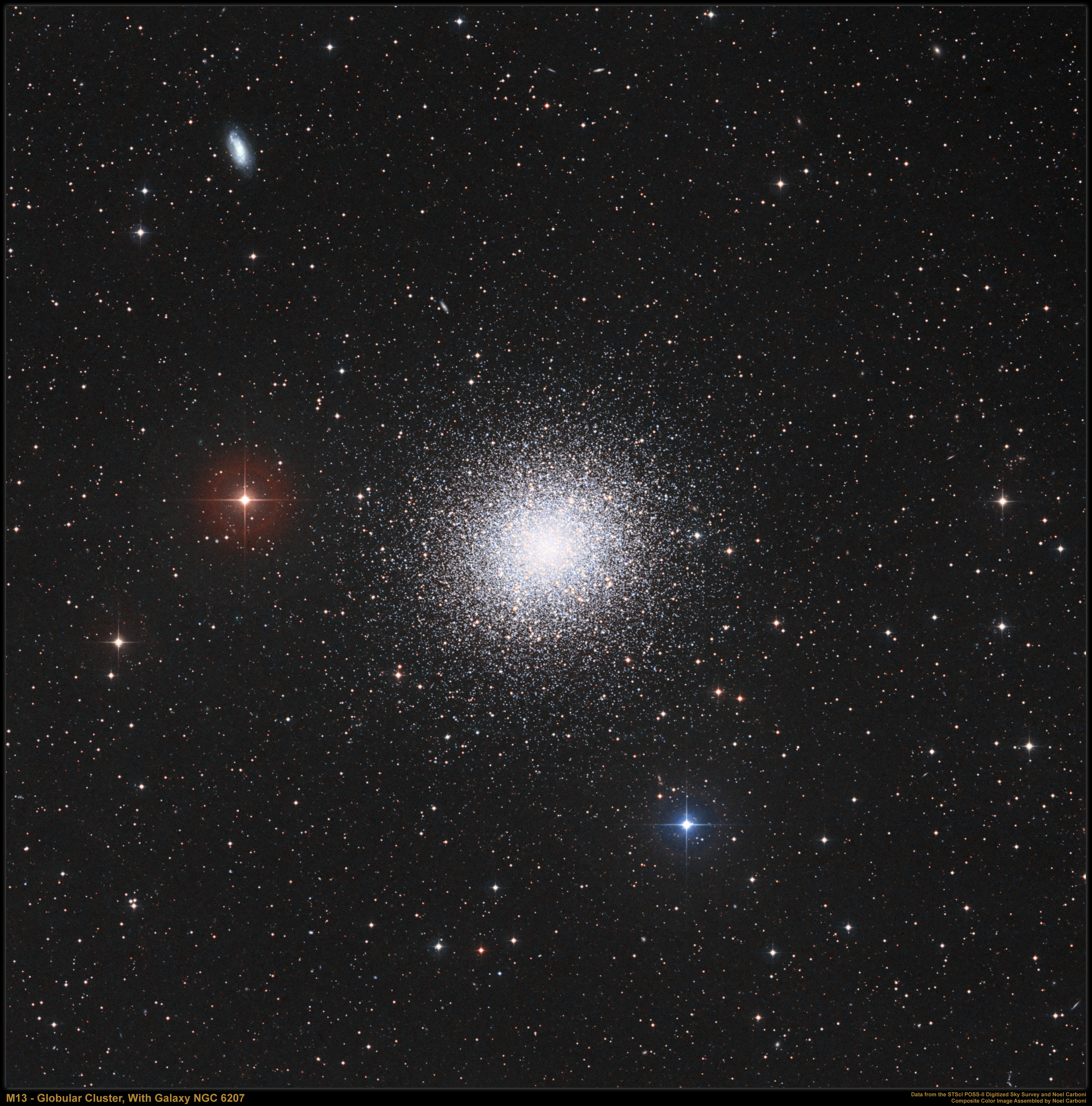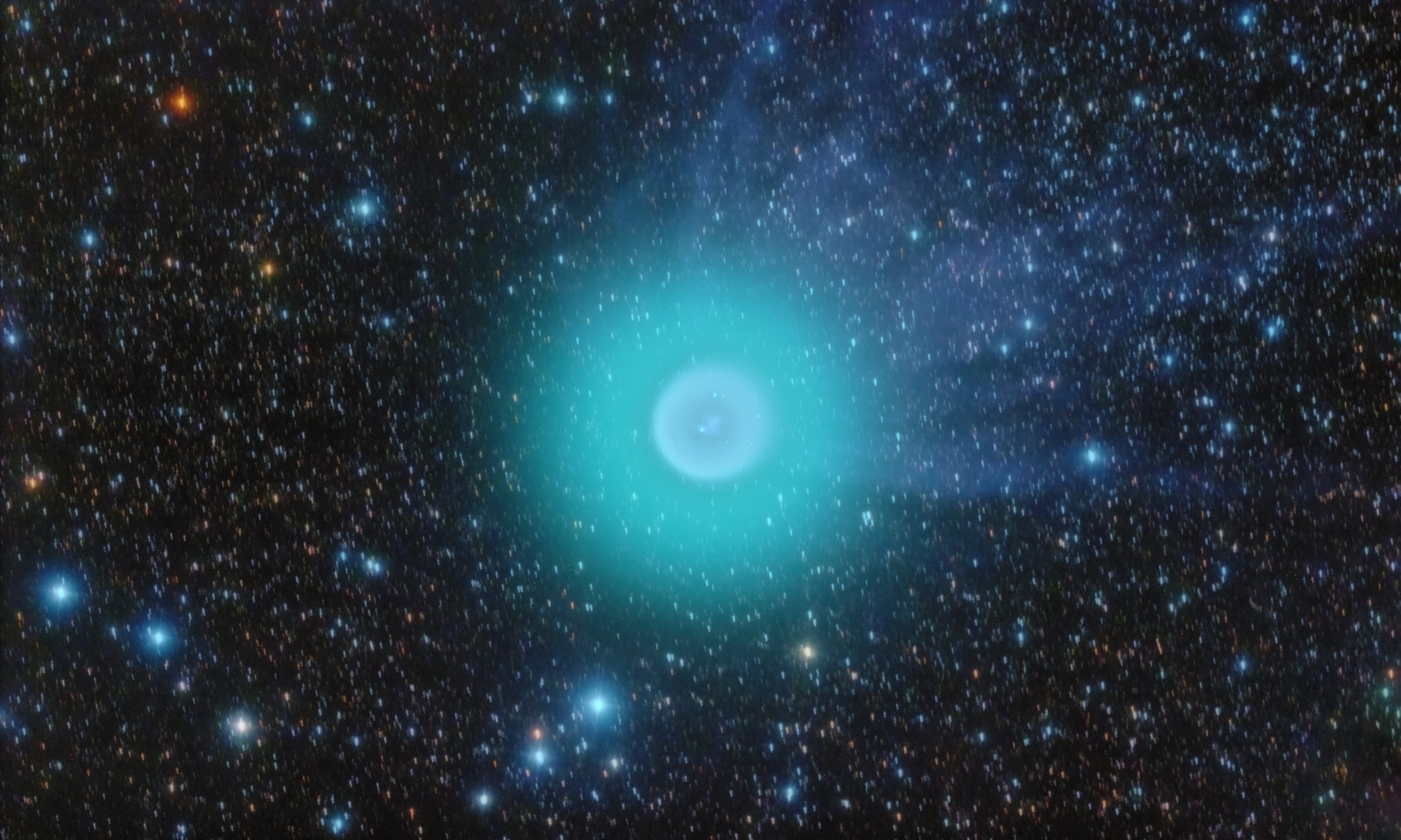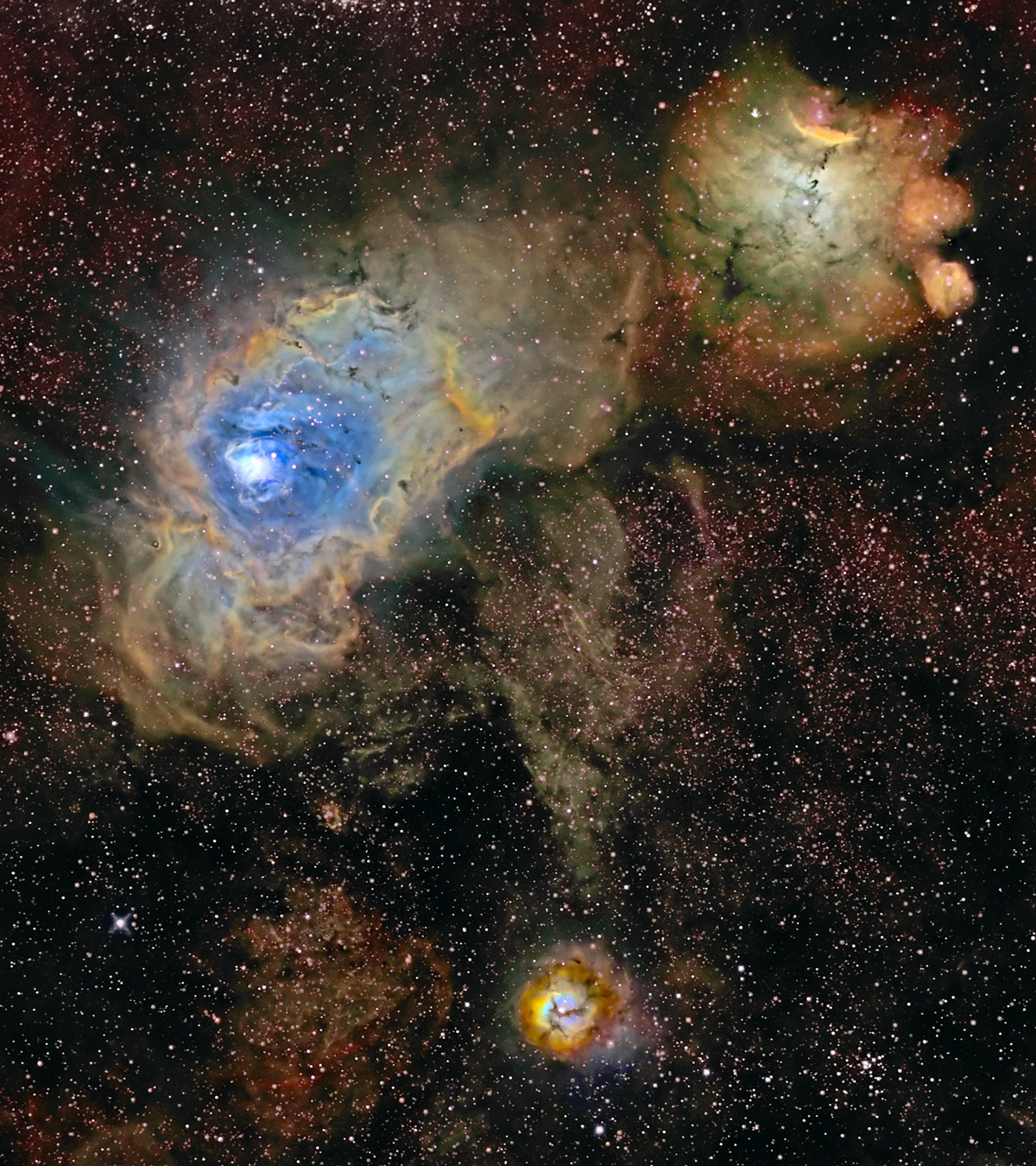Friday, November 30, 2007
2.5 Apod Entry
The photo for these week encompasses the constellation of Persus. Centered in the 4 degree span of the sky is the nebula NGC 1333 which reflects a blue aura around the nebula and is about 1,000 light-years from Earth. The span of this photo is about 70 light years across. Stars, dust, and gas clouds are scattered throughout Persus. The red hydrogen gas is very prominent throughout the photo as it consumes most of the sky. The molecular cloud borders the dust clouds and gas clouds.
Monday, November 19, 2007
Observation
Date: November 19, 2007
Time: 8:00 to 8:40
Location: Backyard
Light Pollution: There was little pollution preventing celestial objects closer to the horizon from being seen. Most of the light was in the direction of downtown Sarasota and Lido.
Cloud Coverage: There were few clouds in the sky, mainly in the North which did not hinder me observing celestial objects.
Moon: The moon is in the waxing gibbous phase with about 75% of its surface visible .
Instruments: Naked eye and binoculars.
Constellations: The most easily spotted object was the Great Square of Pegasus. The Summer Triangle was clearly visible consisting of the constellations of Cygnus, Lyra, and Aquila. Ursa Minor was off in the northern direction with Polaris easily seen with binoculars. Toward the south and southwest were Aquarius as well as Capricorn. Delphinus was to the West of Pegasus and Andromeda to the north/northeast.
Stars: Altair, Vega, Deneb, and Polaris.
Misc: The Milky Way spanned across the sky from East to West.
Time: 8:00 to 8:40
Location: Backyard
Light Pollution: There was little pollution preventing celestial objects closer to the horizon from being seen. Most of the light was in the direction of downtown Sarasota and Lido.
Cloud Coverage: There were few clouds in the sky, mainly in the North which did not hinder me observing celestial objects.
Moon: The moon is in the waxing gibbous phase with about 75% of its surface visible .
Instruments: Naked eye and binoculars.
Constellations: The most easily spotted object was the Great Square of Pegasus. The Summer Triangle was clearly visible consisting of the constellations of Cygnus, Lyra, and Aquila. Ursa Minor was off in the northern direction with Polaris easily seen with binoculars. Toward the south and southwest were Aquarius as well as Capricorn. Delphinus was to the West of Pegasus and Andromeda to the north/northeast.
Stars: Altair, Vega, Deneb, and Polaris.
Misc: The Milky Way spanned across the sky from East to West.
Thursday, November 15, 2007
2.4 Apod Entry

This week's photo is of M13: The Great Globular Cluster in Hercules. This nebula contains a mass of stars numbering in the hundreds of thousands. It is easy visible with the naked eye in the northern sky given that it is one of the star clusters in that region. The Great Globular Cluster is about 25,000 light years from Earth with a massive diameter of 150 light years. Also, located in the background is the small galaxy NGC 6207 which is of great interest to amateur astronomers because of its relative distance to M13. The Great Globular Cluster also is in Hercule's asterism, keystone.
Friday, November 9, 2007
2.3 Apod Entry

The photo for this week is Comet Holmes Grows a Tail. Take on November 5, of the impressive comet Holmes which appears to be slightly diminishing in brightness. Its angular extent is calculated to be larger than nearby stars and planets. The comet's coma, or center, appears to be glowing green and turquoise. The photo was captured by a Spain astronomer who used three exposures to show the extent of its magnificent tail. The solar wind creates the tail to glow blue because the impact on the coma.
Friday, November 2, 2007
Apod Entry 2.2

The photo for this week is of Three Nebulae in Narrow Band taken on November 2, 2007. Spanned across the Milky Way are three nebula's which are approximately 5,000 light years away from Sagittarius. The two nebula's M8 and M20 which are the two at the top of this band and the third located at the bottom is the NGC 6559. M8 is also known as the Lagoon Nebula. The filters collected sulfur, hydrogen, and oxygen atoms .
Subscribe to:
Posts (Atom)